The Air is Subtle, Yet it Moves
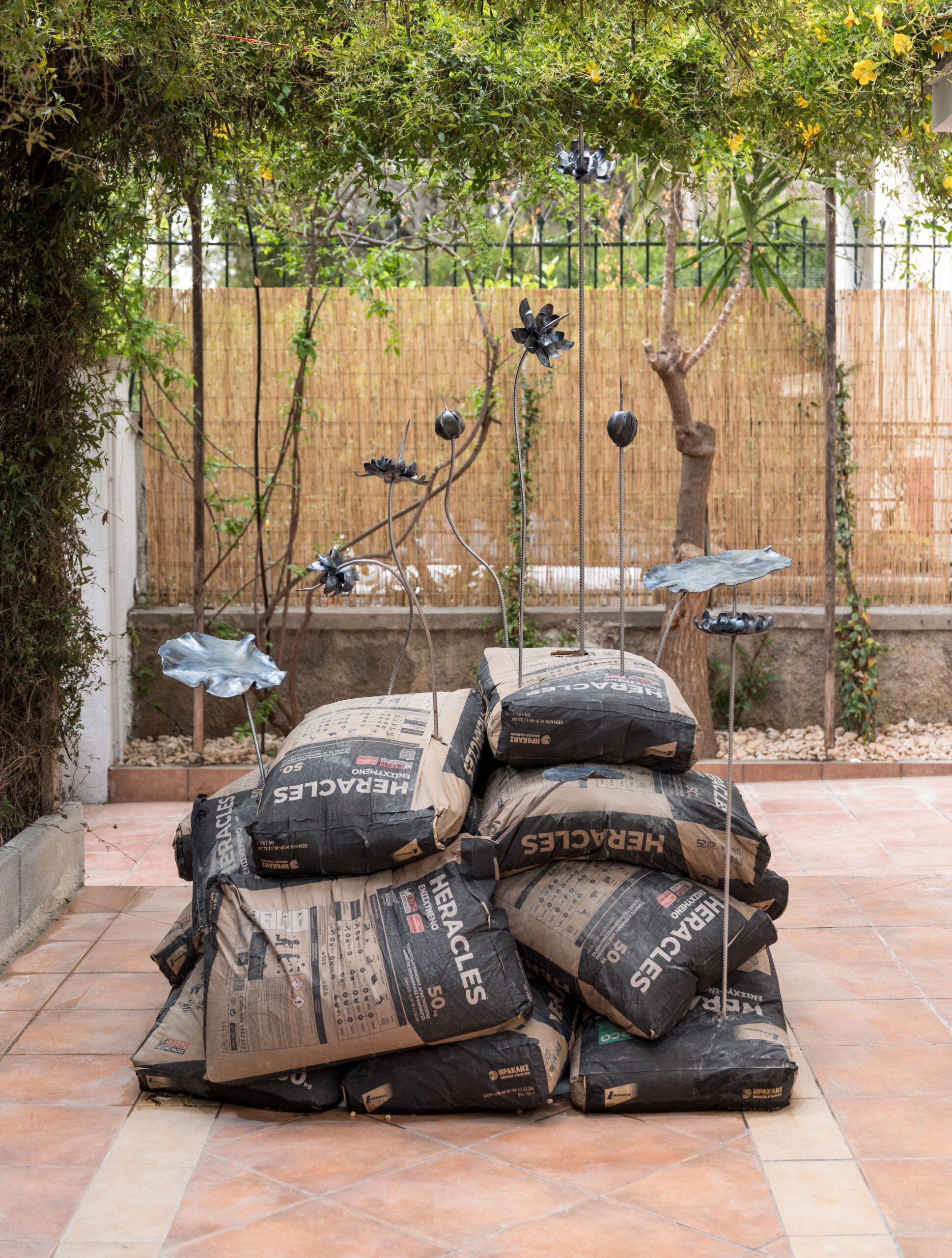
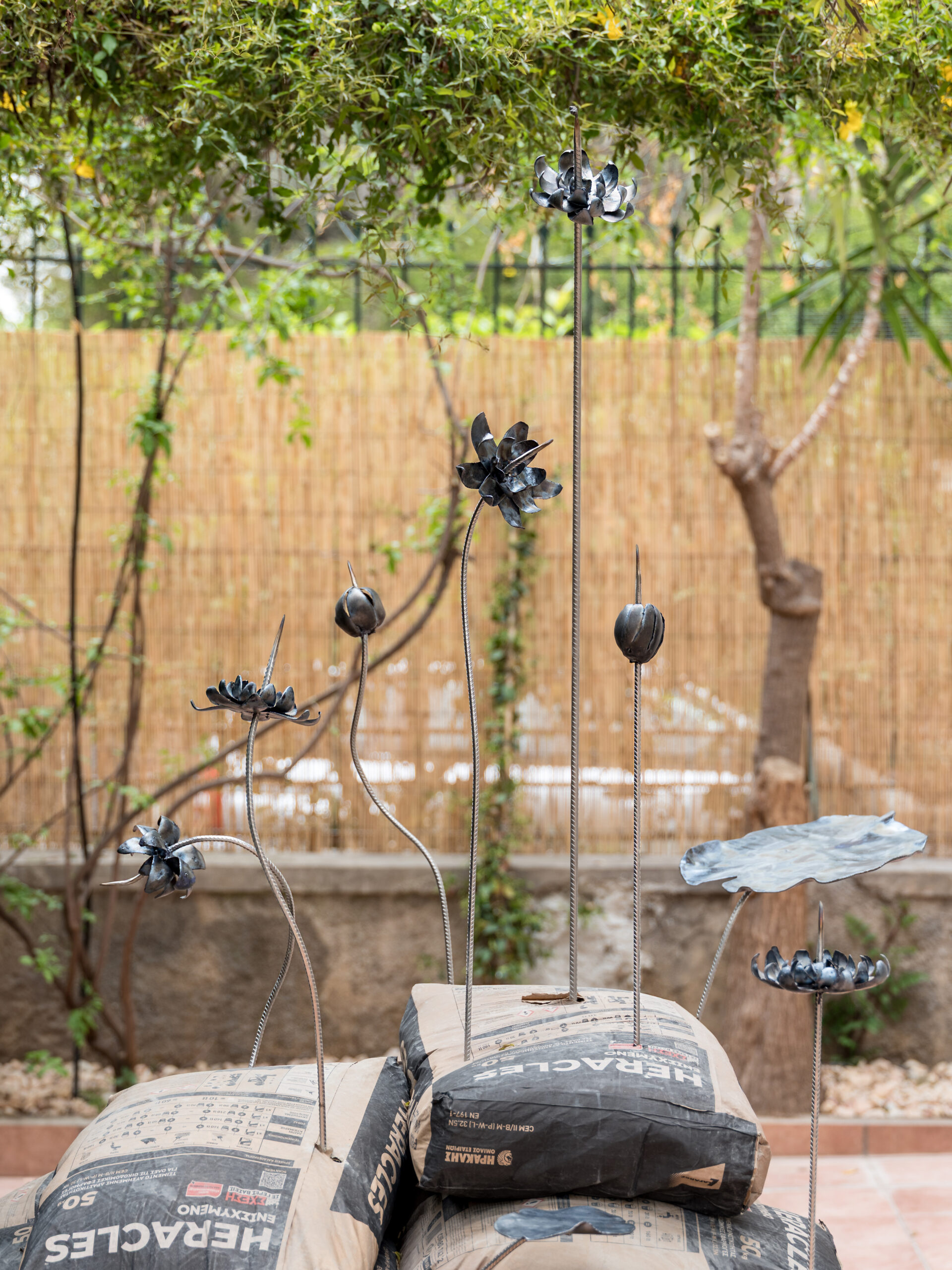
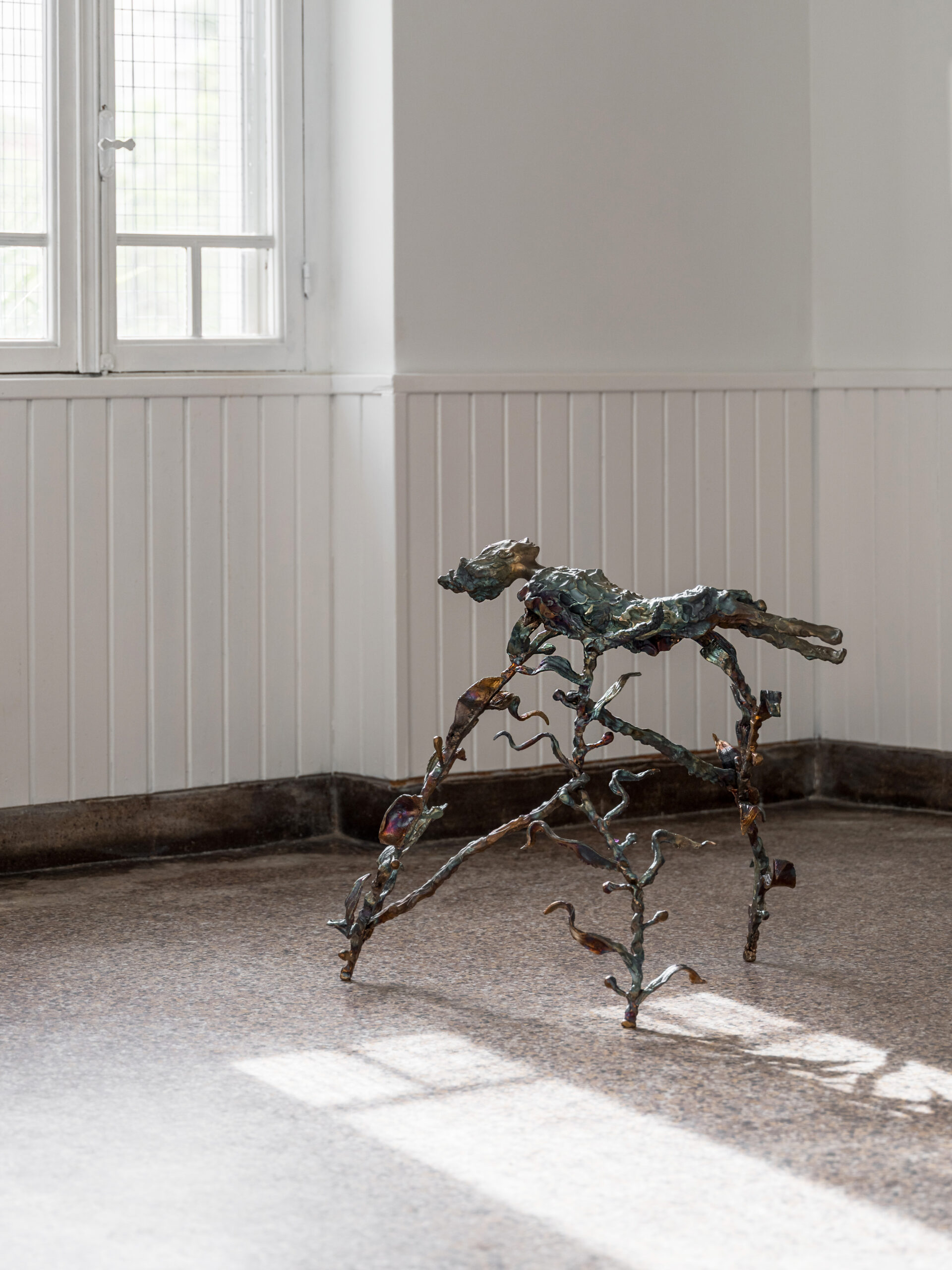
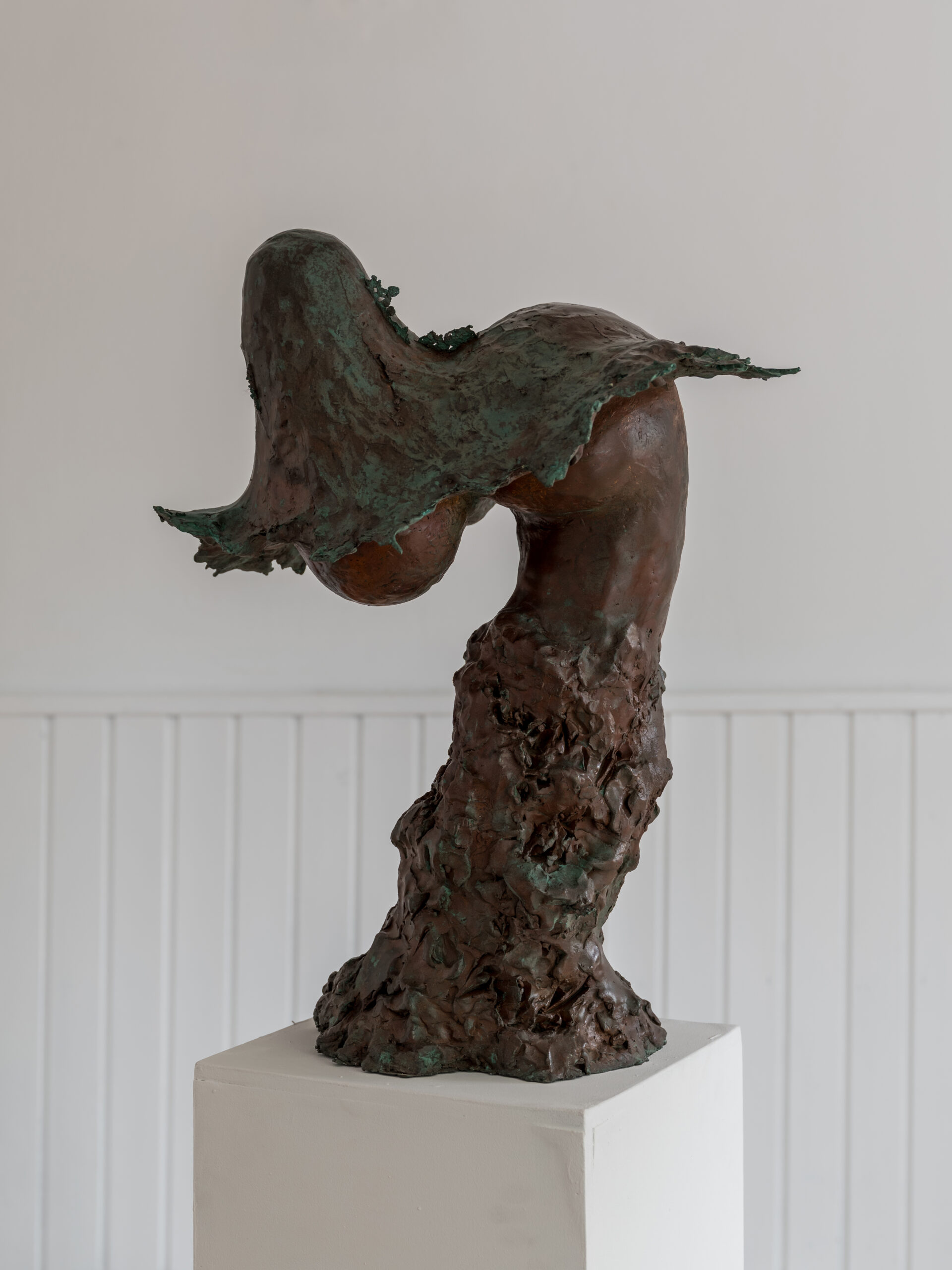
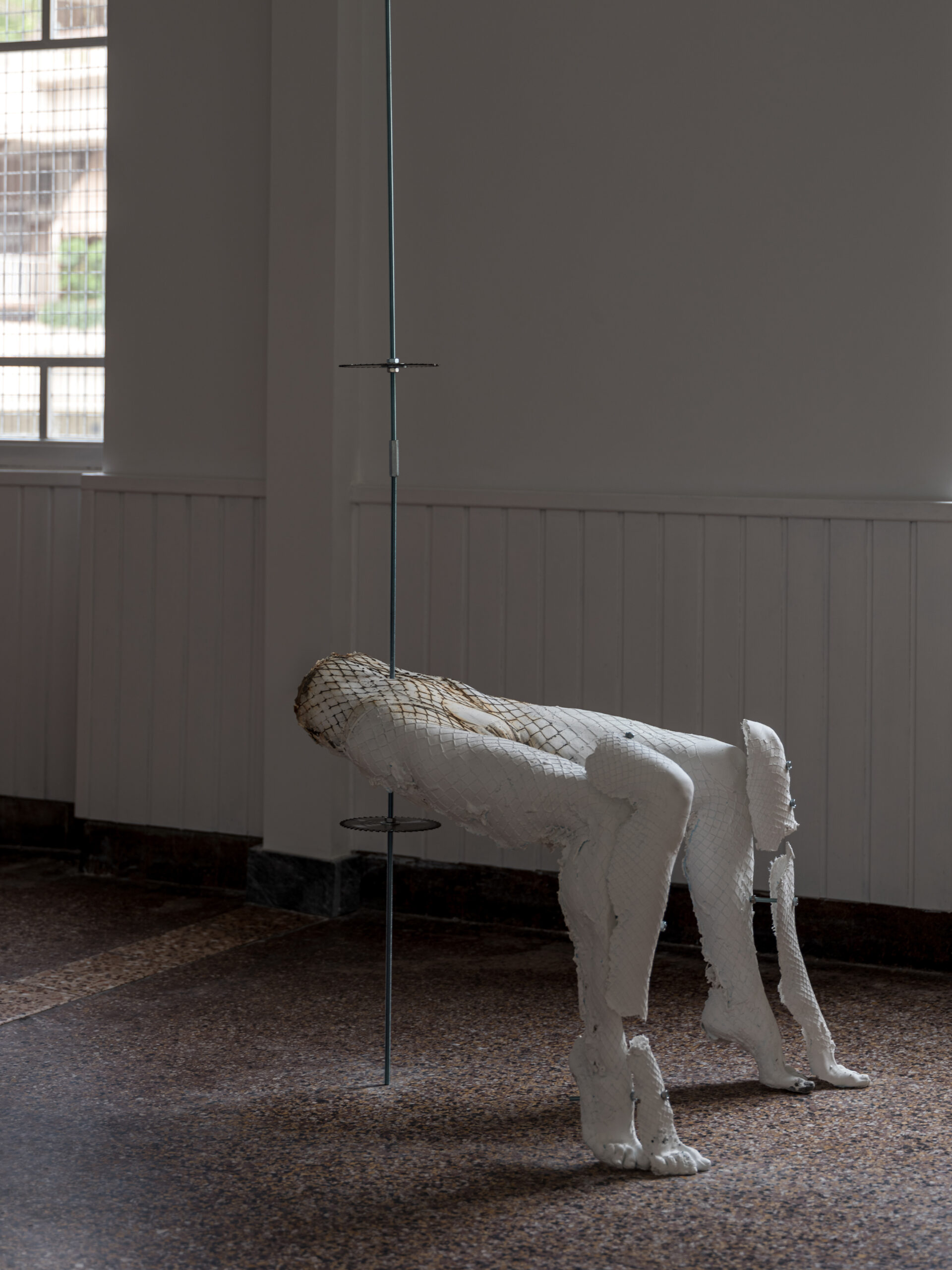

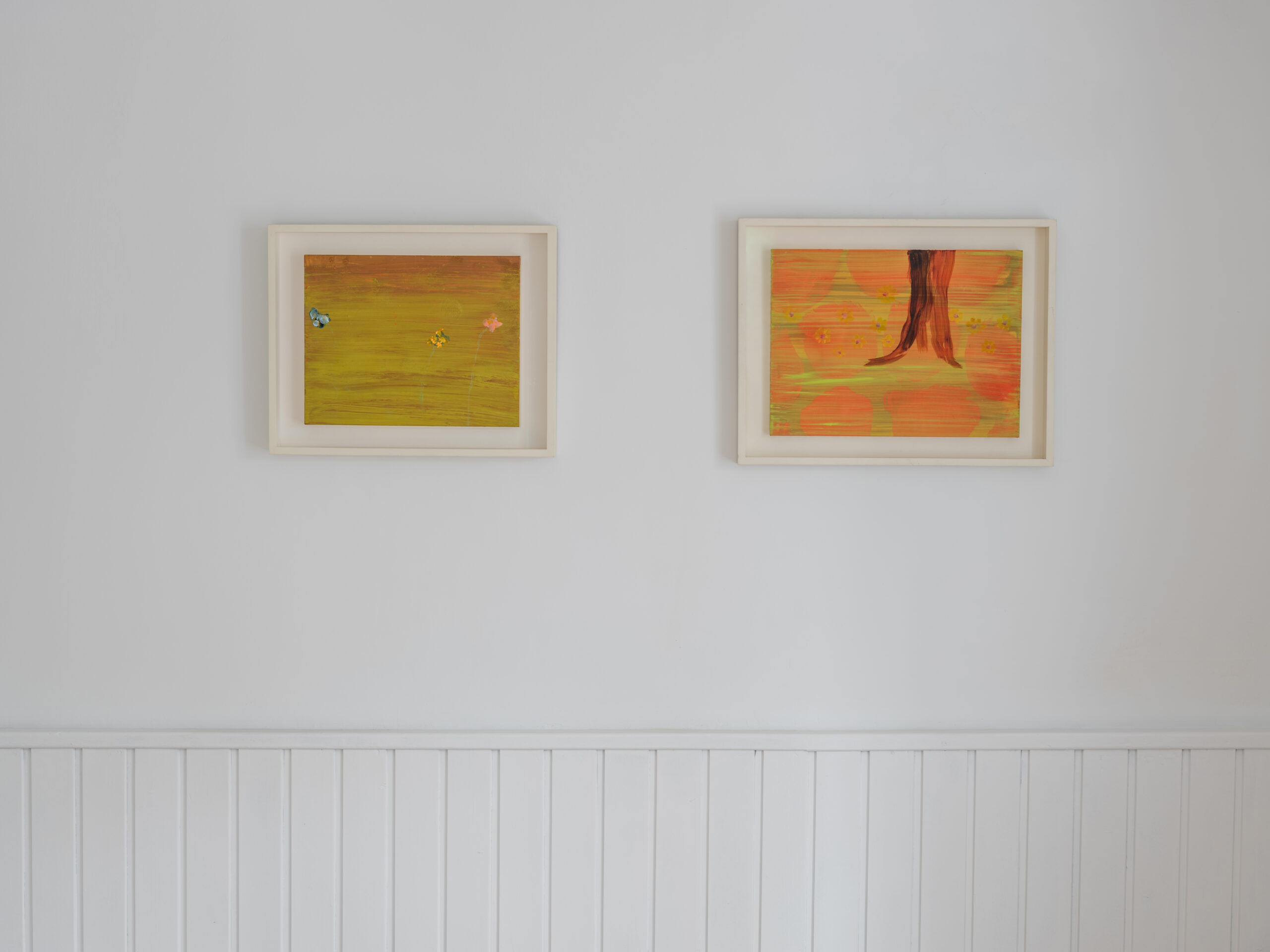
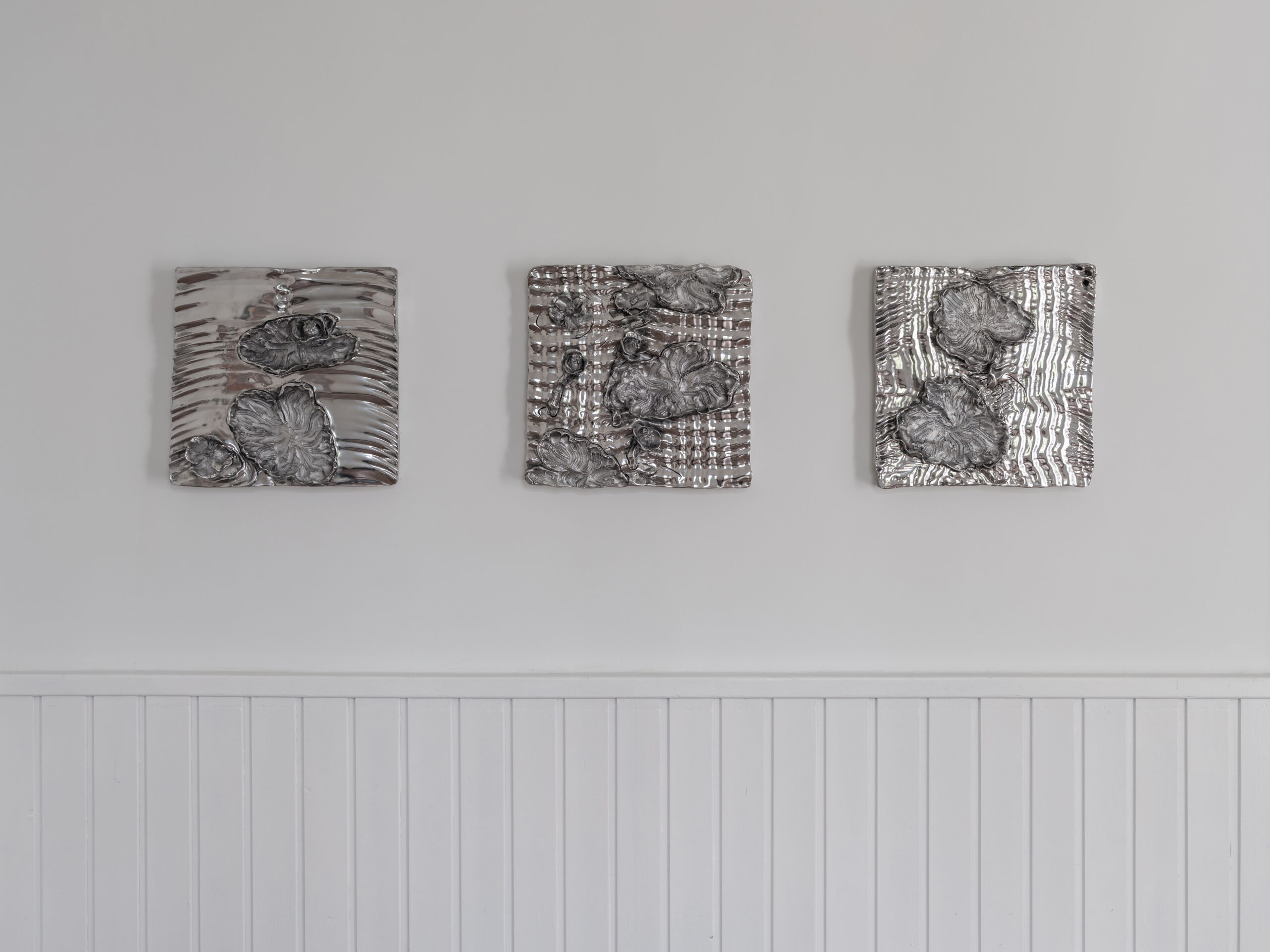
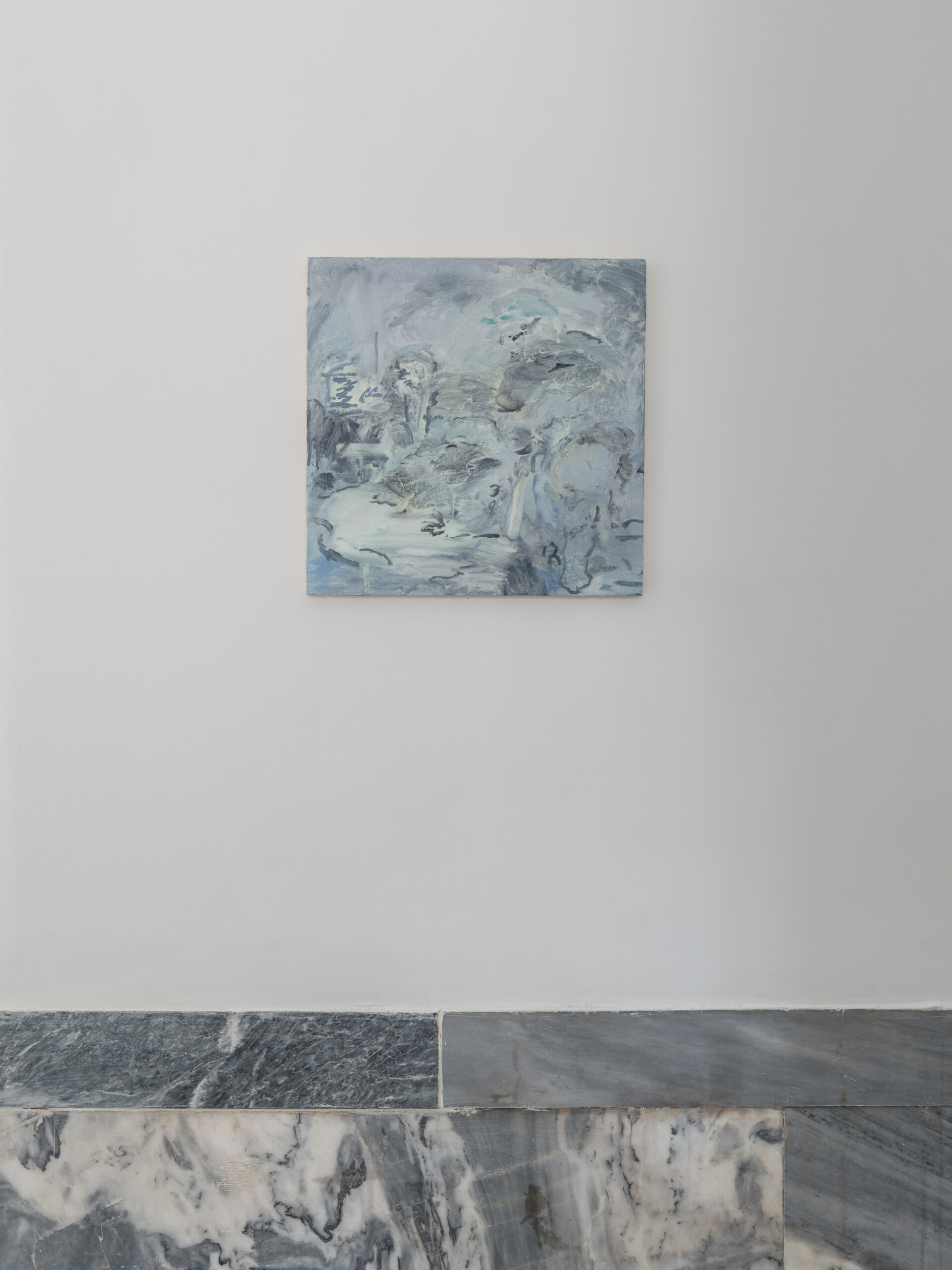
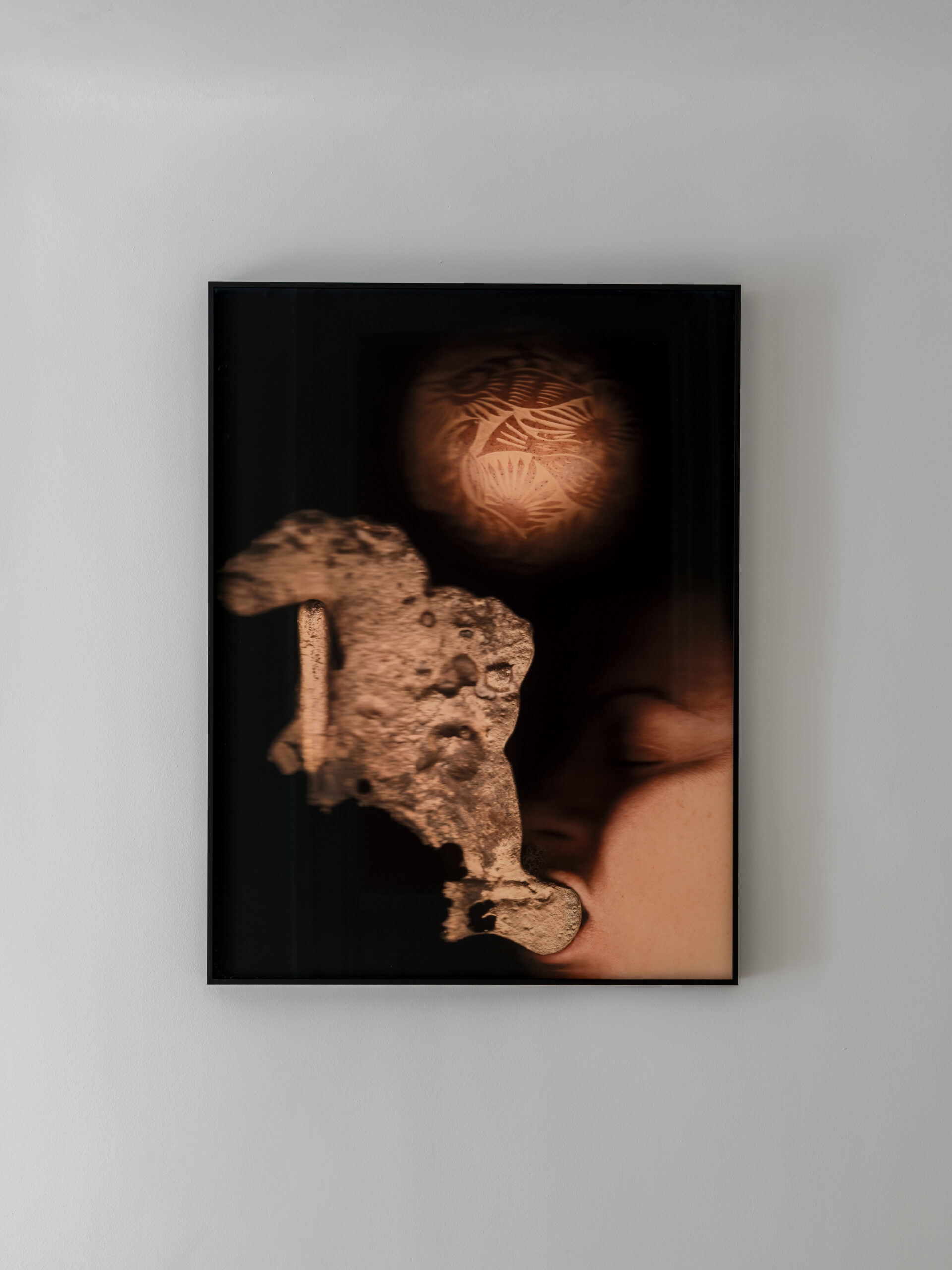
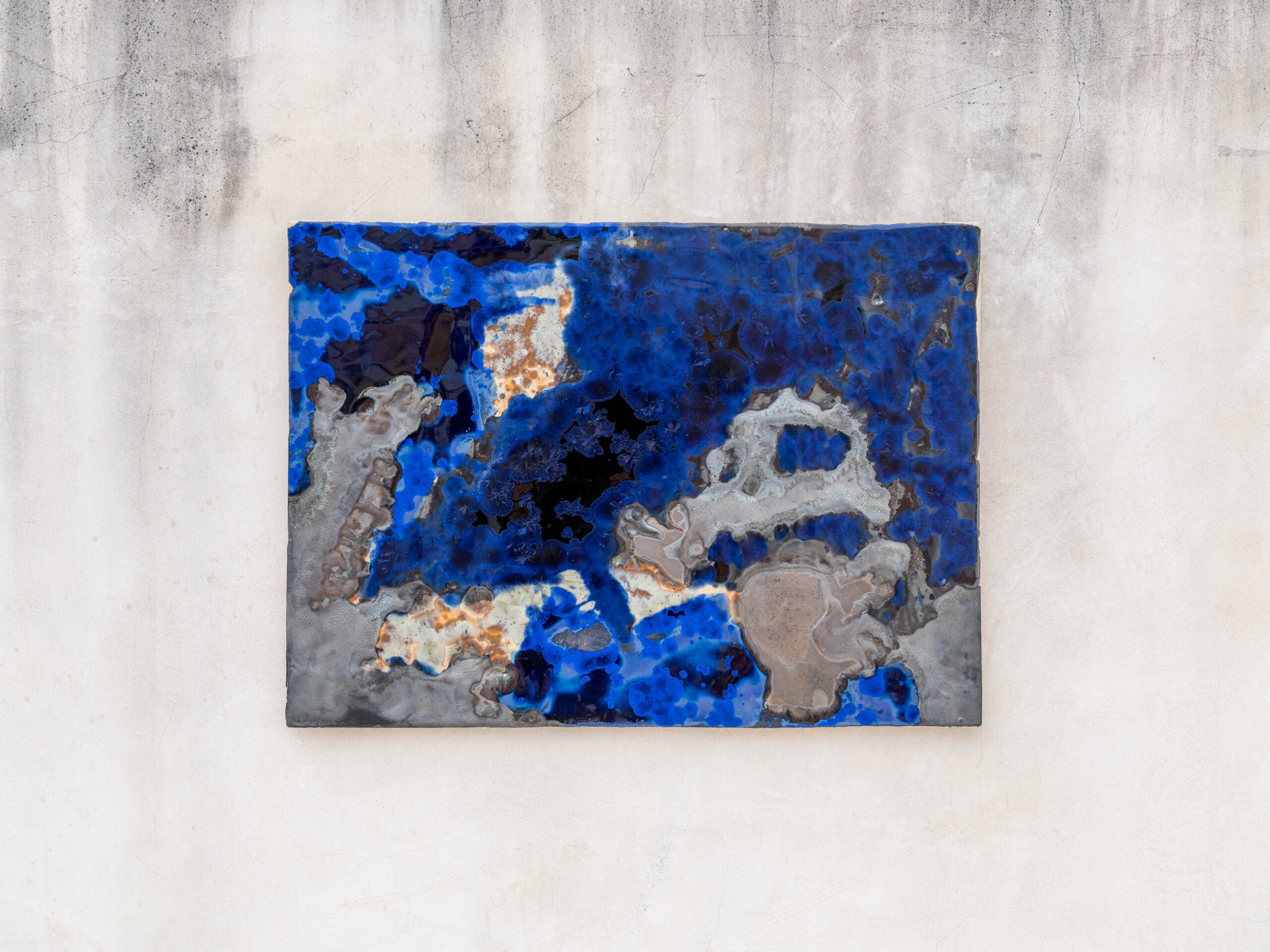
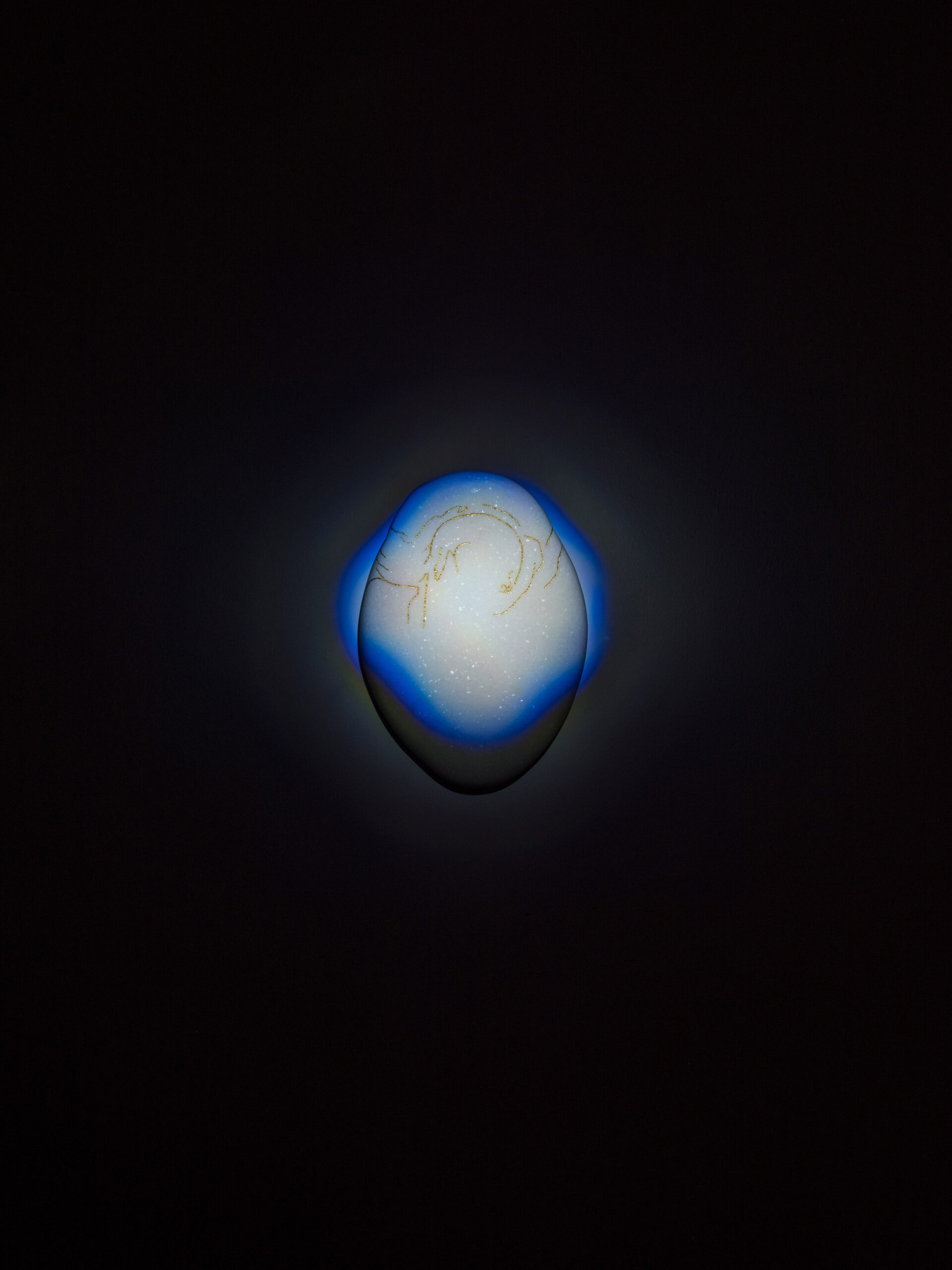
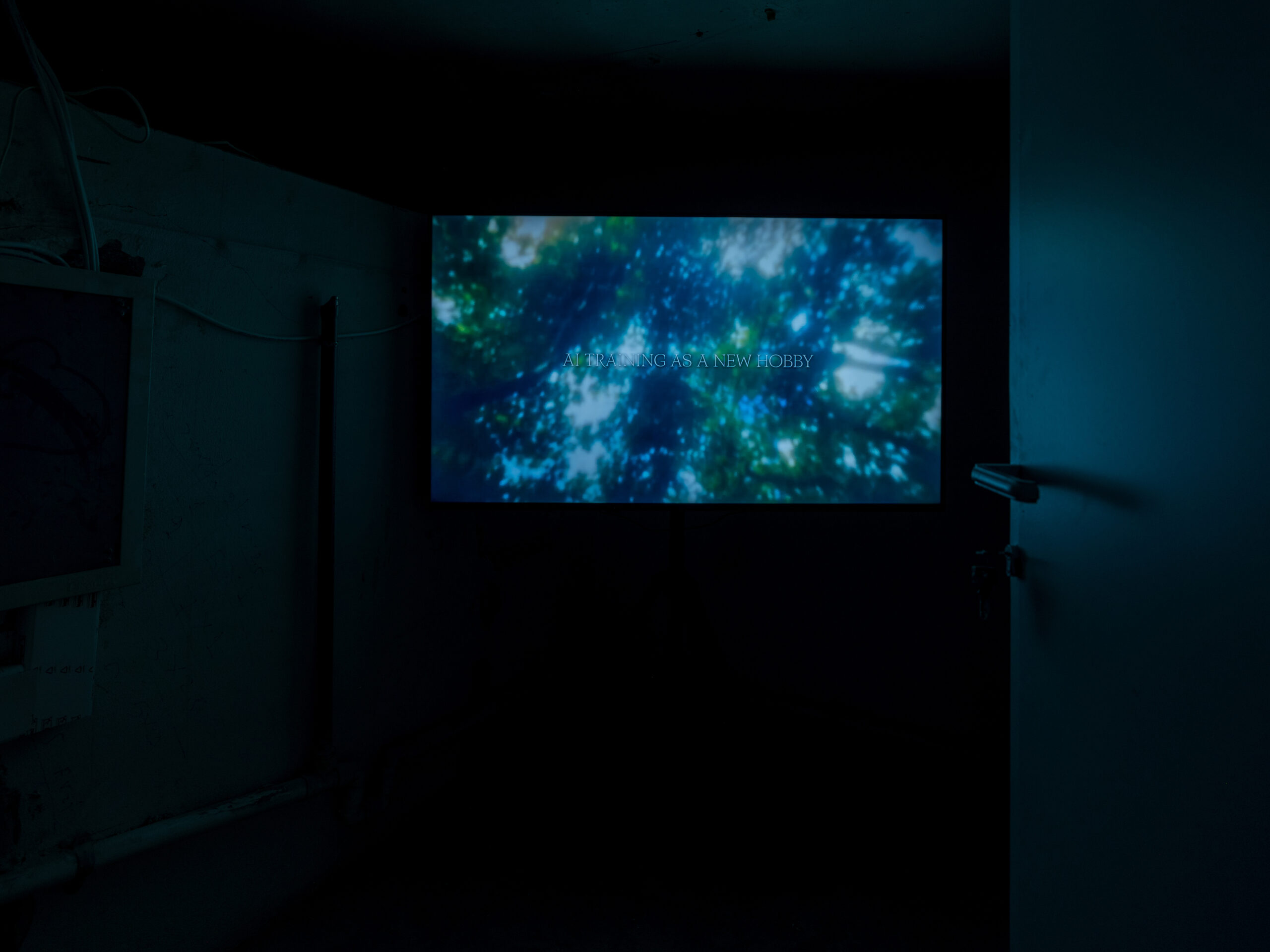
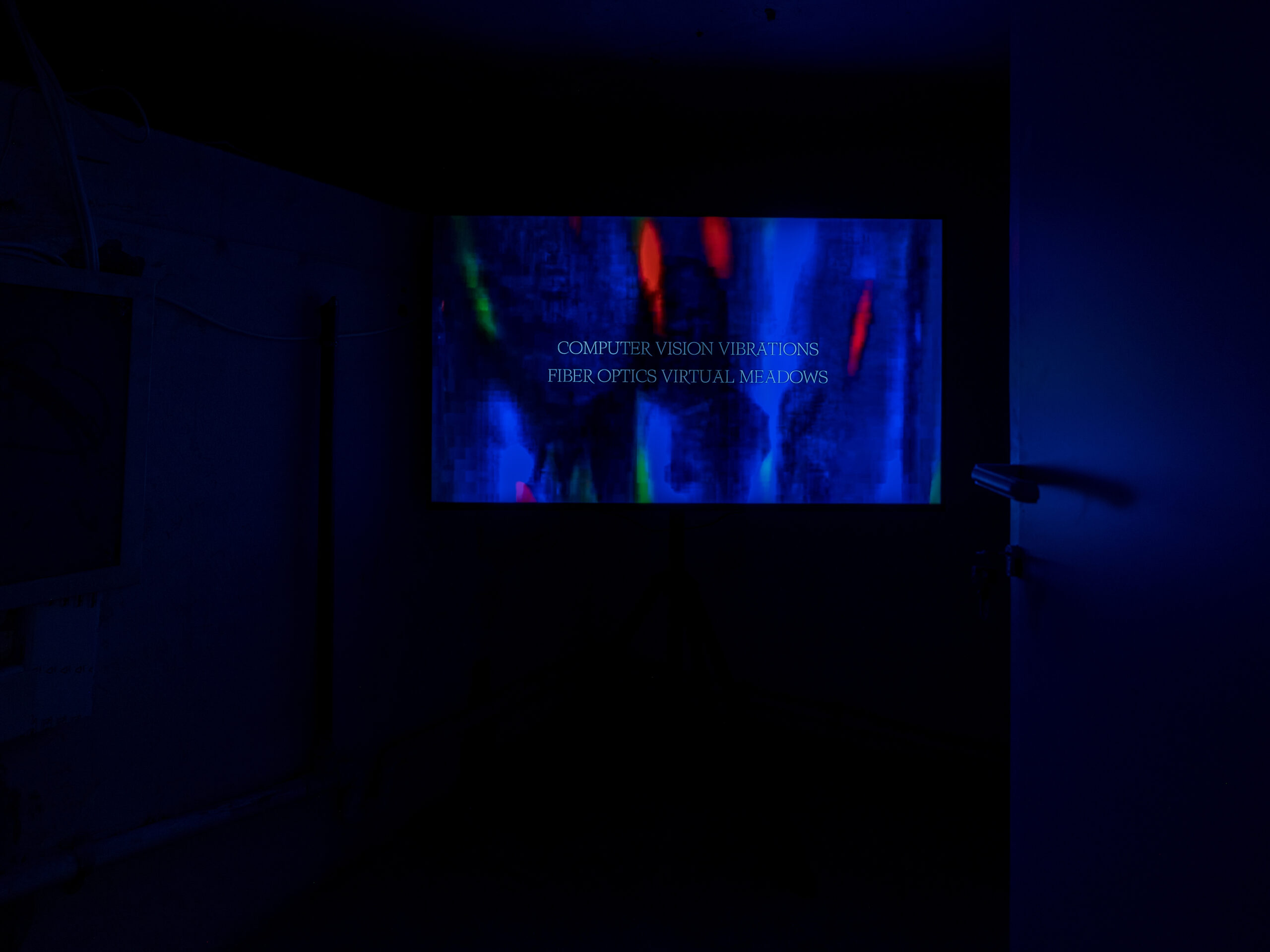

“The Air Is Subtle, Yet It Moves” brings together paintings, sculptures, installations, videos, and performances by acclaimed Greek and international artists. The exhibition is held in a new space that revamps an early 20th-century building at Kypriadou Garden City in central Athens.
“The Air Is Subtle, Yet It Moves” unfolds in a space where history pervades the air, penetrates infrastructures, and reverberates through architectures that shape our experience of space. Hosted at a venue taut with tension, the exhibition examines how colonial economies, technological automation and algorithmic abstraction regulate bodies, landscapes, and subjectivities in ways that are both materially grounded and continuously elusive. The very building that houses the exhibition bears the imprint of successive occupations. Seized by the British army during the final stages of World War II and the Greek Civil War, it was later converted into a military command center. Its walls carry memories of surveillance, administration, and conflict, yet also of cohabitation and reclamation.
In “The Air Is Subtle, Yet It Moves,” these vestiges are activated, serving as structural elements that shape the form of the show. The surrounding area emerges as a palimpsest of colonial fantasies and of the ambitions they gave rise to: a “garden city” whose landscaped greenery and geometric zoning capture the desire to re- configure nature based on the principles of rationality. The ideals underpinning its design are a testament to the perennial tendency towards gentrification and to the universal promises of progress, as well as to the desire to gloss over diverse layers of the city’s history. In contemporary Athens, where urban planning is perpetually contested, this vision of organized space and curated greenery evokes a sense of warmth and a feeling of nostalgia. However, the exhibition challenges such monodimensional narratives. The question of a cosmopolitan future hovers uneasily stretched to its limits due to overtourism, where neighborhoods once alive with artistic energy are reclaimed by new interventions, though it is unclear whether these initiatives challenge or replicate the very conditions they seek to transform.
The garden city was originally conceived as a synthesis of tamed nature and human habitation, embodying a utopian faith in urban transformation. Here, however, that notion of synthesis is viewed through a critical lens, challenging the process of segmentation and rezoning as well as a series of dichotomies contrasting nature to lived space, memory to future horizons, center to periphery. The exhibition space renders the latent tensions embedded in these processes tangible and visible, as this man-shaped natural landscape cuts across mnemonic traces, the present-day fabric of the city and the non-human realm, thus rebuking any simple claim to ownership or resolution.
These tensions further connect to the genealogy of the area’s name. The name “Kypriadou garden-city” is derived from the agronomist and engineer that founded it but also evokes ancestral migrations to Egypt and Sudan. From hunting and the cotton industry to banking and aviation, the route to technological and economic expansion seems to be paved with extractive processes and personal trajectories that are often sinuous, forking into different directions. Tracing a line from the early invention of an automatic pilot to current forms of automation and algorithmic governance, from the garden to the new building coefficient, the exhibition highlights how such seemingly discrete moments of progress remain fraught with ambivalence.
Within this field of tension, the participating artists explore unstable boundaries separating the human from the non-human, presence from disappearance, surface from rupture. Forms emerge, sculptural gestures stand between an overpronounced presence of myths and their undoing, neither fully material nor entirely spectral. The aesthetics of consumption break at the hinges, revealing capitalist desire as a paradox: fetishization going hand-in-hand with depletion, hypervisibility with semantic void. The body becomes a site of contestation, exposed through layers of abstraction, fragmentation, or floating in the air. Emotionally charged elements and motifs are transfigured, underscoring states of pressure and fragility, yet also suggesting the potential for movement and change. Spaces of reflection, refraction, as well as retrieval cast a shadow of doubt onto the act of seeing, reminding us that vision is never neutral. Here, the body is a space of inquiry, enshrouded or uncovered through gestures of abstraction, excess, or performance.
At its core, “The Air Is Subtle, Yet It Moves” develops around modes of entanglement and confrontation: the iterative loops of history, the catastrophic revival of colonialism, and the systems that tirelessly program and reprogram our bodies and our infrastructures. From the structures we inhabit to the mechanisms that shape our perception and the images that move us, temporalities resonate beneath the accumulated weight of past, present, and speculative futures, arriving in pieces like echoes. A flicker, an atmospheric shift we cannot quite put our finger on.


